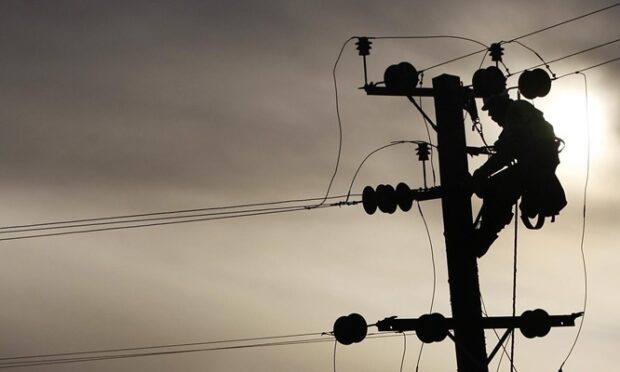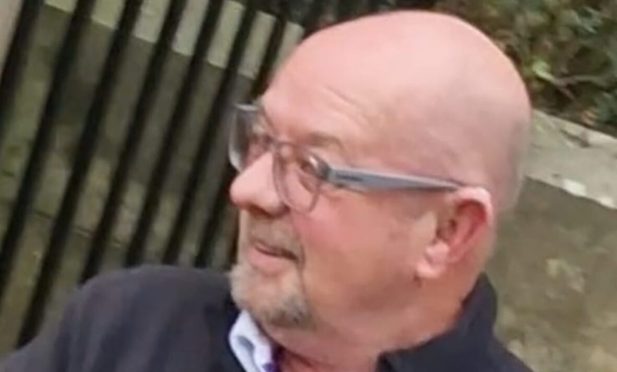Different safety signage would not have saved the life of a Dundee gardener who was killed by overhead power lines while trimming a yew hedge in Longforgan, an inquiry has found.
44-year-old Christopher Nicholls, of Somerville Place in Dundee, worked as a self-employed gardener, trading under the name of local firm Russell Landscapes.
On December 22 in 2020, he had been trimming a hedge beneath powerlines for an 84-year-old homeowner in Longforgan.
“Reliable and punctual” Mr Nicholls had been working a couple of days a week at the pensioner’s three-acre garden for around five years, completing gardening and landscaping work.
He was found in the garden at the bottom of his ladder shortly before 1pm with a burn mark on his hand and smelling strongly of burning.
A fatal accident inquiry was held because Mr Nicholls had been working at the time of his death.
A report published this week said: “The cause of Mr Nicholls’ death was electrocution from overhead electrical power lines.”
No reason for change in practice
A three wire 11 kV power line runs above an area of yew hedge and due to its proximity, Mr Nicholls was instructed by his client not to cut the hedge in this area.
Before the accident this instruction had always been followed, the inquiry heard.
Arrangements had been made between the householder and Scottish Hydro Electric Power Distribution (SHEDP) to cut that section.
The inquiry could find no reason for him to have done otherwise on this occasion.
The householder said he told him twice that day not to cut the top of the hedge.
It was established Mr Nicholls had either touched the line with his trimmers or there had been an electrical “arc” between the wire and the tool.
The homeowner, who had last spoken to Mr Nicholls at 11.30am, found him some 80 minutes later and alerted the emergency services.
Medical treatment including advanced life support was given for approximately 20 minutes without success.
A post-mortem revealed Mr Nicholls had suffered multiple electrical burns.
No recommendations made
At the hearing at Perth Sheriff Court, solicitor David Bell – representing the victim’s mother – invited the court to make a recommendation “Danger of Death” signs placed on electricity poles situated in or around domestic premises should convey more information than they do at present.
However, this was rejected by Sheriff Francis Gill.
He wrote: “The evidence of Mr Seager (principal specialist inspector in electrical
engineering) and Mr Crawley (head of operational safety at SSE) was clear that the signs at the locus met the requirements of the 2002 Regulations.
“There was no evidence led that the terms of the sign in any way caused or contributed to the accident or that additional information on the sign would have prevented it.
“The accident did not involve any of the electricity poles at the locus.”
Publicise advice on websites
However, the sheriff did make the observation that sole traders such as Mr Nicholls may not be aware of safety guidance on the Health and Safety Executive or SHEPD websites.
“Both organisations may therefore wish to consider whether there is anything more they can do to publicise the existence of their guidance notes to sole traders whose working environment takes them close to electricity power lines.
“I stress this is an observation rather than a recommendation,” he said.
The sheriff added: “From all the evidence that I have heard and considered, it is clear that the accident occurred because of the decision by Mr Nicholls to cut the top of the hedge below the overhead power lines.
“As there were no eye witnesses, we will never know why Mr Nicholls chose to do so.
“It is clear that he did not follow the available guidance in respect of risk assessments and exclusion zones.”










